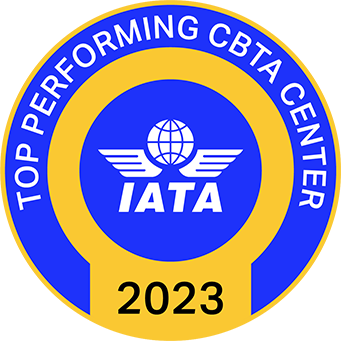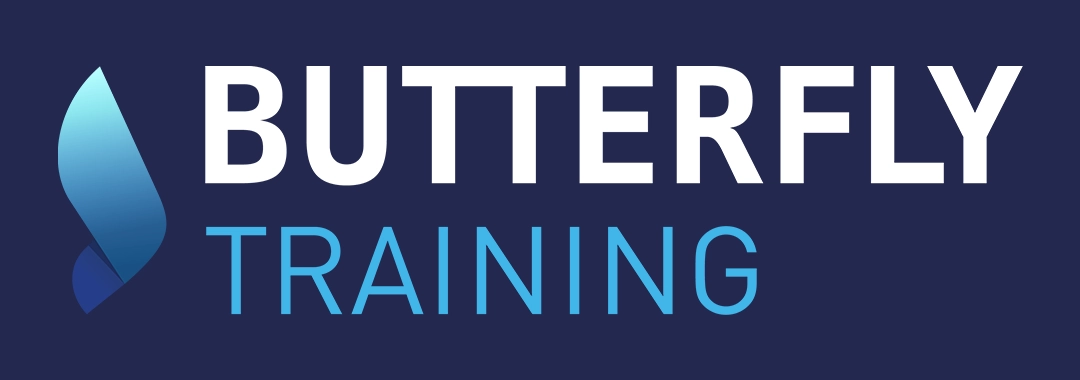Human Factors Awareness Training


Butterfly Training has been awarded Top Innovative and Top Performer CBTA Center by the International Air Transport Association (IATA) for 2023.
Human Factors Awareness Training
Human Factors Awareness Course Code HF-I-EN-V2017
Prerequisites: a good understanding of English.
Target Group for Human Factors Awareness :
All EASA Part M and Part 145-approved organizations personnel, and their subcontractors. Qualified mechanics who, within the scope of Parts M, 145 and 66 regulations, wish to extend their knowledge on the subject.
Training Language: English
Duration: 7 hours
Final Test: MCQ
Certification: The trainee receives his/her certificate as soon as he/she has successfully passed the final test.
Validity: 2 years.
Course Objectives
Understand the origins of errors
Identify and avoid situations likely to generate human errors within one’s professional frame
Improve awareness of one’s physiological and psychological limits and the reliability and safety of all actors taking part in maintenance operations
Remain familiar with the Safety Management System (SMS) fundamentals
Teaching resources :
- Training material available online
- Exercises and self-assessment MCQs available on the site
- Asynchronous remote tutoring is available by e-mail in the event of particular learning difficulties, using the “Contact us” form.
Talk to an Human Factors Expert
To find out more on Human Factors Awareness:
Key Regulations and Guidance:
- Regulation (EU) No 965/2012: This regulation establishes common rules for the organization and conduct of air transport. It includes requirements for SMS.
- Part-145: This part of the EASA Basic Regulation lays down requirements for maintenance organizations. It mandates the implementation of an SMS for maintenance organizations.
- Part-135: This part regulates commercial air transport operations. It also requires the implementation of an SMS.
- EASA Safety Management System Guidelines: These guidelines provide detailed guidance on the implementation and operation of SMS in the aviation industry.
Where to find more information:
- EASA website: https://www.easa.europa.eu/en/domains/safety-management/safety-management-system-sms
- European Union Official Journal: https://eur-lex.europa.eu/oj/direct-access.html

